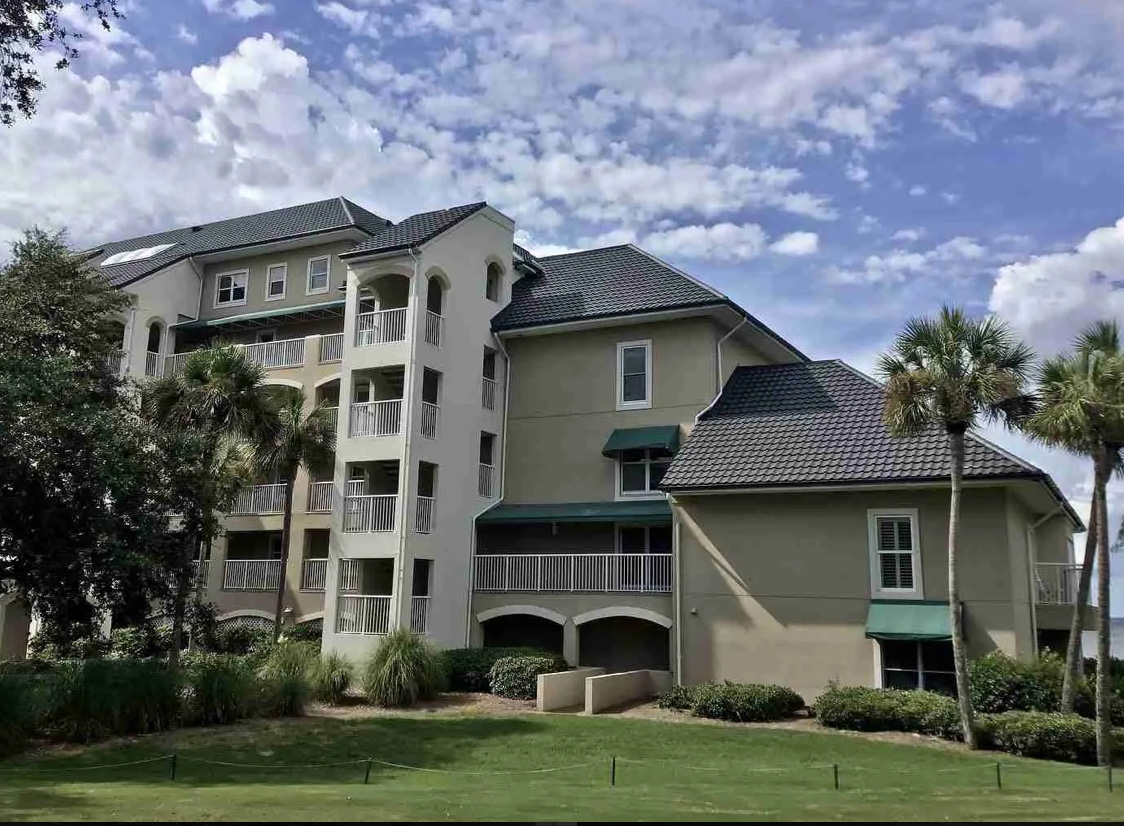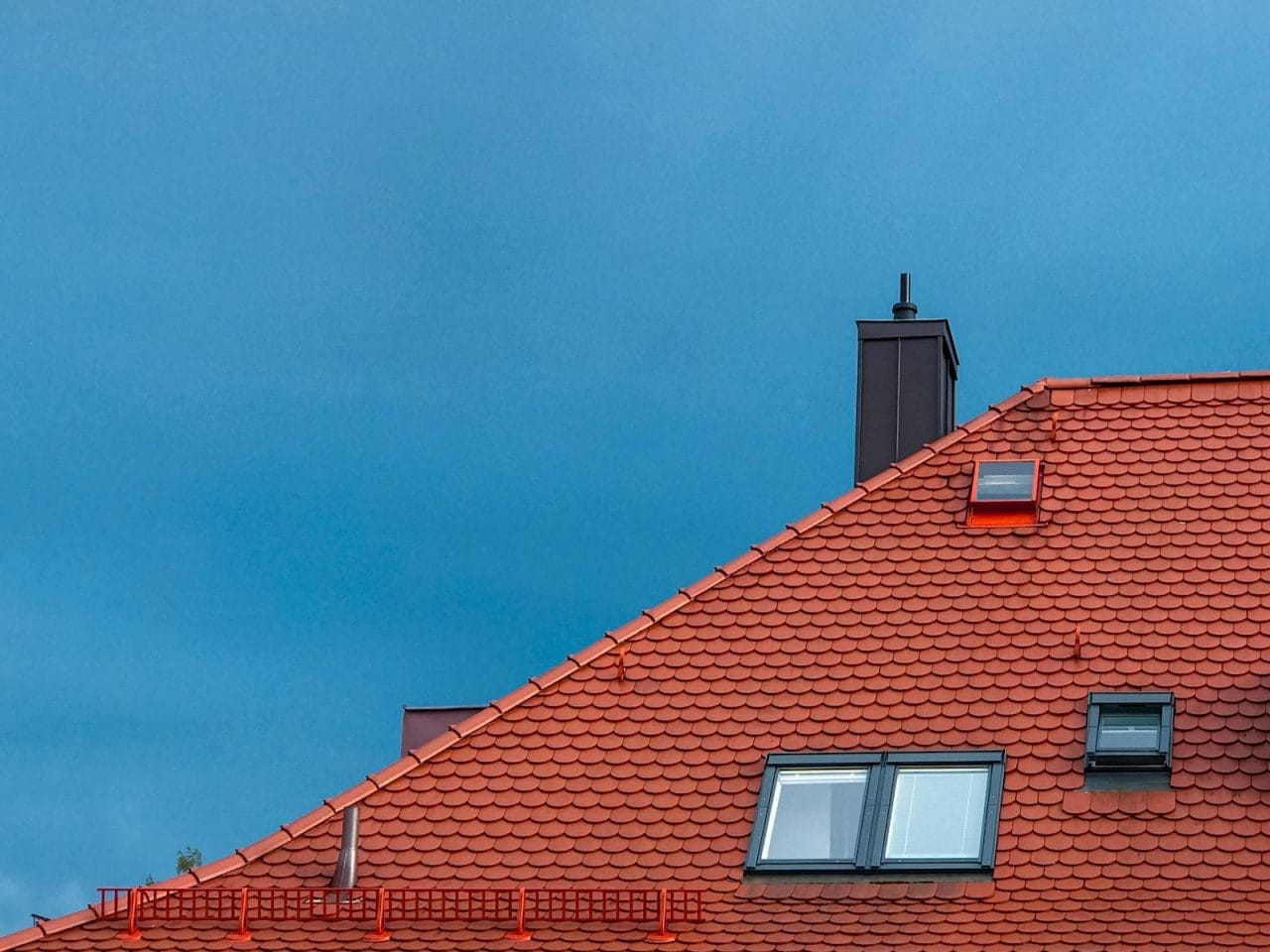When severe weather like hurricanes or storms hits, our primary concern is often the safety of our loved ones and our homes. While securing your family is the top priority, ensuring the integrity of your home, particularly your roof, is a crucial next step. Roofs bear the brunt of storm damage, and neglecting timely inspections can lead to bigger problems down the line.
Understanding the Impact of Severe Weather on Roofs
Roofs are designed to withstand a variety of weather conditions, but severe weather can push them to their limits. Hurricanes and storms bring high winds, heavy rain, and sometimes hail, all of which can inflict significant damage to roofing materials.
Types of Damage Caused by Severe Weather
- Wind Damage: High winds can lift shingles, tiles, or even entire sections of the roof, leaving it vulnerable to water infiltration.
- Water Damage: Heavy rain can lead to leaks, especially if the roof has pre-existing vulnerabilities.
- Hail Damage: Hail can dent or crack roofing materials, compromising their protective capabilities.
Understanding these types of damage highlights the importance of inspecting your roof promptly after a storm.

The Importance of Timely Roof Inspections
Timely roof inspections are vital for several reasons. They can help identify damage that isn't immediately visible, prevent further deterioration, and ensure that any necessary repairs are carried out before they become more costly.
Preventing Escalation of Damage
Even minor damage can escalate if not addressed quickly. A small leak, for example, can lead to water damage within the home, affecting insulation, drywall, and even structural elements. By conducting an inspection soon after a storm, you can catch these issues early.
Financial Implications
Delaying roof inspections can have financial consequences. Small repairs, if left unattended, can turn into significant expenses. Additionally, insurance claims for storm damage are often time-sensitive, and delaying an inspection might impact your ability to file a claim.
What to Look for During an Inspection
Conducting a thorough inspection involves checking both the exterior and interior of the roof. Here are some key areas to focus on:
Exterior Inspection
- Shingles or Tiles: Look for missing, loose, or damaged shingles or tiles.
- Gutters and Downspouts: Check for blockages and ensure they are securely attached.
- Flashing: Inspect around chimneys, vents, and skylights for damage or leaks.
Interior Inspection
- Attic: Check for signs of water infiltration, such as damp insulation or water stains.
- Ceilings and Walls: Look for water spots, which may indicate a leak.
Hiring a Professional vs. DIY Inspections
While some homeowners may feel comfortable conducting a basic inspection, hiring a professional roofing contractor can provide peace of mind. Professionals have the expertise to identify subtle signs of damage and can provide a detailed assessment of the roof's condition.
Benefits of Hiring a Professional
- Expertise: Professionals can identify damage that might be overlooked by an untrained eye.
- Safety: Climbing onto a roof can be dangerous, especially if the roof is unstable.
- Comprehensive Assessment: A professional inspection includes a detailed report, which can be valuable for insurance claims.
The Role of Insurance in Roof Repairs
Insurance can play a crucial role in covering the costs of roof repairs after severe weather. Understanding your policy and how it applies to storm damage is essential.
Filing a Claim
- Documentation: Take photos of the damage and keep records of all communications and repair estimates.
- Timeliness: File your claim as soon as possible after the storm.
- Professional Estimates: Obtain estimates from licensed contractors to submit with your claim.

Maintaining Your Roof Year-Round
While timely inspections after severe weather are crucial, regular maintenance can extend the life of your roof and help prevent damage.
Seasonal Maintenance Tips
- Spring and Fall: Inspect the roof and clean gutters to prevent blockages.
- After Severe Weather: Always conduct an inspection, even if the damage isn't immediately apparent.
By staying proactive with roof maintenance and inspections, you can protect your home from the costly repercussions of severe weather damage.
Conclusion
Timely roof inspections after severe weather are not just a good practice—they are essential. They help you identify and address damage before it worsens, save money on repairs, and ensure that your home remains a safe and secure place for your family.
Don't wait until it's too late; schedule a professional roof inspection and take the necessary steps to protect your home.
Contact CES Roofing Today
Don't leave your home's safety to chance. After any severe weather event, contact CES Roofing to schedule a comprehensive storm damage inspection and ensure your roof is in top condition. Our team of experienced professionals is equipped to identify any hidden damage and provide effective repair solutions that fit your needs and budget. Protect your investment and gain peace of mind by reaching out to CES Roofing today. Contact us to book an inspection or to learn more about our services. Your roof is your home's first line of defense—let us help you keep it strong and secure.

